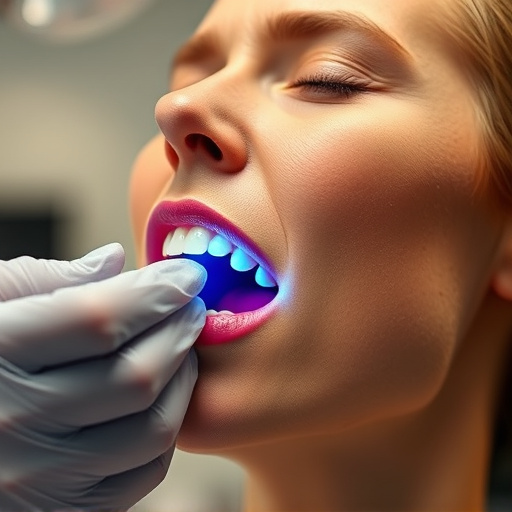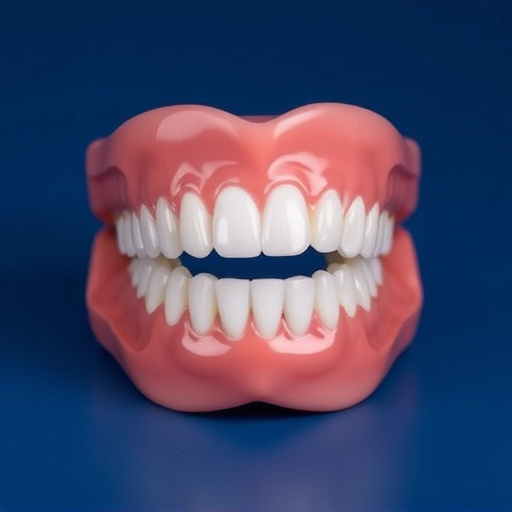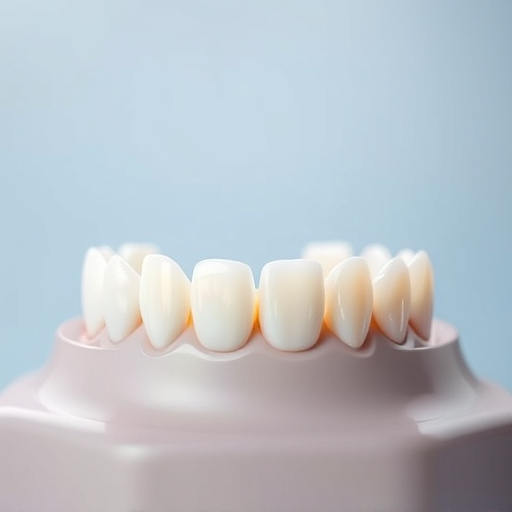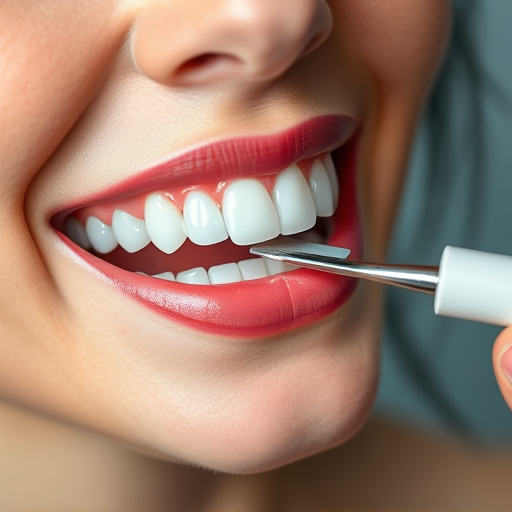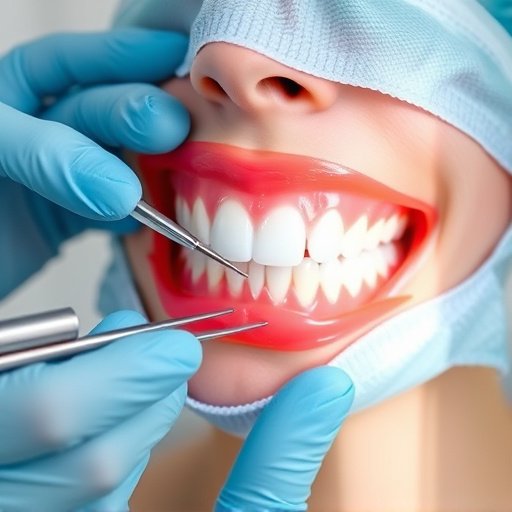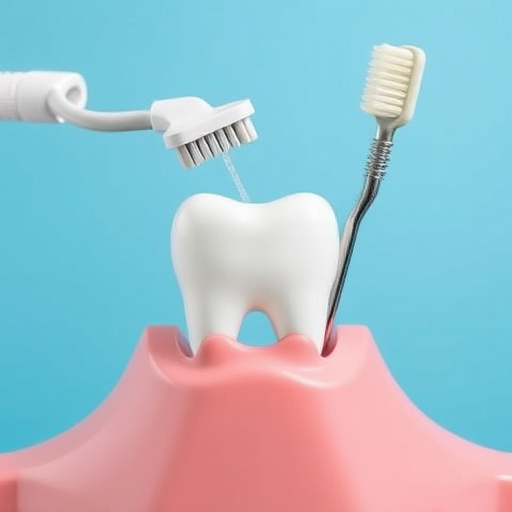IV sedation options provide fast, effective pain and anxiety management in dentistry, with tailored sedative combinations for diverse procedures. From light sedation for minor treatments to deeper levels for complex cases, these options ensure patient comfort and peace of mind, guided by dentists experienced in managing medical history.
Considering IV sedation for your next dental procedure? Discover the best choices for your needs. This guide explores IV sedation options, offering insights into how different sedative drugs work and helping you select the right fit. From understanding the basics of IV sedation to choosing among common sedative types, this article equips you with knowledge to make an informed decision. Learn which IV sedation option aligns with your comfort level and dental requirements.
- Understanding IV Sedation for Dental Procedures
- Types of Sedative Drugs Used in Dentistry
- Choosing the Right IV Sedation Option for You
Understanding IV Sedation for Dental Procedures
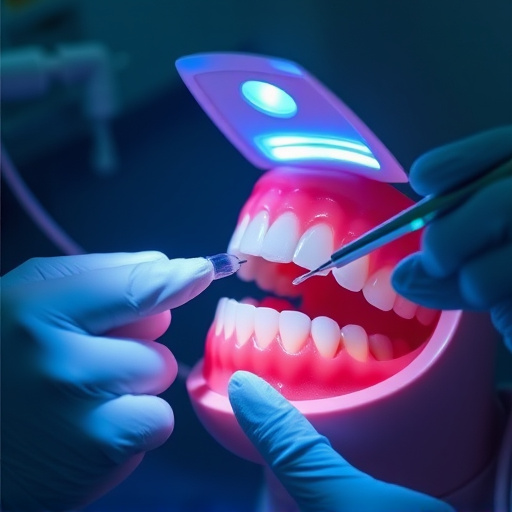
IV sedation for dental procedures offers a comfortable and safe way to manage anxiety and pain associated with certain treatments. It involves administering medication directly into a patient’s bloodstream through an IV, allowing for faster absorption and stronger effects than oral sedatives. This method is particularly useful for extensive or complex procedures like dental implants or children’s dentistry, where profound relaxation and pain control are necessary.
Understanding IV sedation options is crucial when facing dental work that causes apprehension. Various medications can be tailored to individual needs, with combinations of sedatives and analgesics to ensure a comfortable experience. For less invasive treatments, such as dental fillings, lighter forms of IV sedation may suffice. However, for more challenging cases, deeper levels of sedation can induce a state akin to sleep, making the procedure virtually painless and free from memory.
Types of Sedative Drugs Used in Dentistry
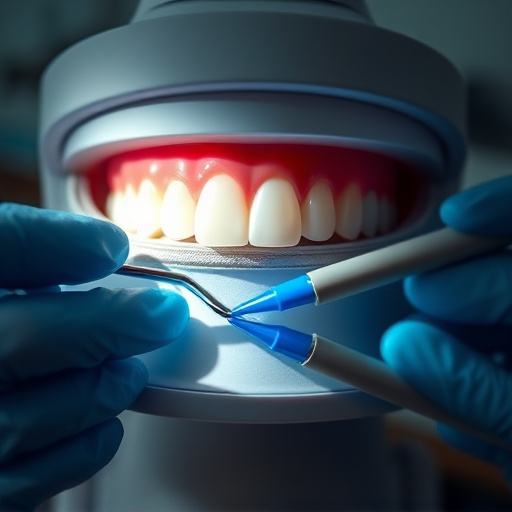
In dentistry, various sedative drugs are employed to ensure patients’ comfort and reduce anxiety during procedures that might otherwise be distressing. The most common types include benzodiazepines, such as midazolam and diazepam, which act on GABA receptors in the brain, promoting a calming effect. Opioids like fentanyl and meperidine are also utilized for their potent pain-relieving properties, often combined with benzodiazepines to enhance relaxation.
Additionally, newer sedative options like propofol, used in medical settings for general anesthesia, is gaining popularity in dentistry for its rapid onset of action and ability to induce profound relaxation. These drugs are carefully administered through IV sedation, offering a range of benefits from minimal to deep sedation, catering to different patient needs. This approach ensures effective comprehensive dental care, enabling dentists to perform intricate procedures while keeping the patient relaxed and comfortable. Whether for simple tooth repairs like dental bonding or more complex treatments, IV sedation options provide an array of choices tailored to individual requirements.
Choosing the Right IV Sedation Option for You

Choosing the right IV sedation option is a crucial step in ensuring a comfortable and stress-free dental experience. The type of sedation best suited for you depends on several factors, including the nature and complexity of your dental procedure, your personal comfort level, and any underlying medical conditions. For instance, light sedation might be ideal for those receiving minor procedures like dental fillings in a general dentistry setting, while deeper levels of IV sedation could be more appropriate for more intricate treatments or for patients experiencing significant anxiety in a children’s dentistry environment.
Understanding the different IV sedation options available allows you to make an informed decision tailored to your specific needs. Discuss these options openly with your dentist, who can provide valuable insights based on their expertise and your medical history. This collaborative approach ensures that you receive the most suitable level of sedation, enhancing your overall satisfaction and peace of mind during your dental appointment.
When considering dental work that may induce anxiety, exploring IV sedation options can significantly enhance your comfort and experience. Understanding the various sedative drugs used in dentistry, their benefits, and risks allows you to make an informed decision. By carefully choosing the right IV sedation option tailored to your specific needs, you can achieve a calm and relaxed state for your dental procedures, ensuring a positive visit every time.




